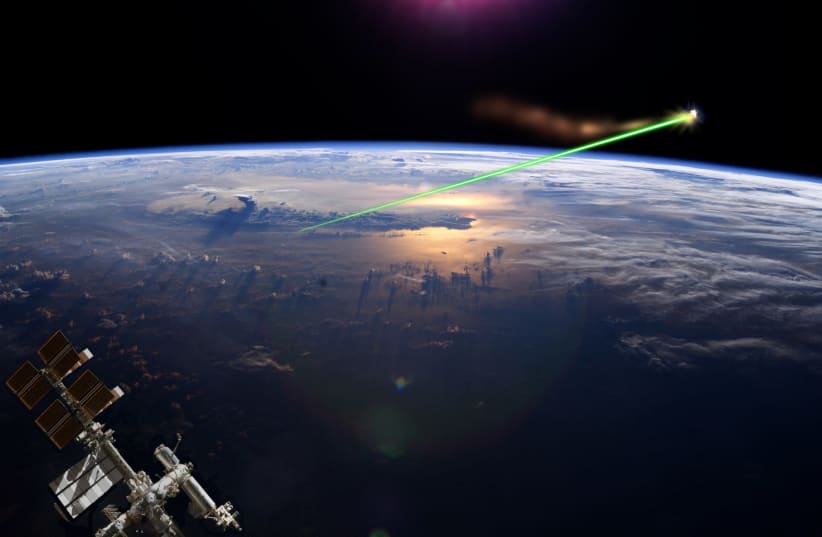Pentagon scientists have successfully tested a prototype for a new system that would essentially beam energy from space to any point on Earth, according to CNN.
Known as a Photovolatic Radiofrequency Antenna Module (PRAM), the pizza box-sized solar panel was launched on an unmanned drone into the low atmosphere in May 2020, and travels around the planet every 90 minutes, CNN reported.
The premise behind the plan is that a solar energy system like this could be sent to gather sunlight and convert it into solar power, which would then be beamed back to Earth at specific points.
While the unit in question is small, and can only produce 10 watts of energy, the finished system will be much larger and have dozens of different panels. In addition, the current PRAM is only collecting energy and isn't beaming any down, but the technology to do so has already been proven in studies.
Solar panels have long been envisioned as a way to change the energy market, but numerous issues have limited their viability. But this planned solar energy system has a big advantage: It's going to be in space.
By being in space, the solar panels can make use of the blue waves of light that don't pass through Earth's atmosphere and instead diffuse, turning the sky blue. These waves are more powerful, and result in the panels getting more sunlight and, consequently, more energy.
As the project's co-developer Paul Jaffe explained to CNN, a scaled-up version of this system could succeed in revolutionizing how power is both generated and distributed, as it could essentially distribute power anywhere at a moment's notice.
"The unique advantage the solar power satellites have over any other source of power is this global transmissibility," Jaffe told CNN. "You can send power to Chicago and a fraction of a second later, if you need to, send it instead to London or Brasilia."

